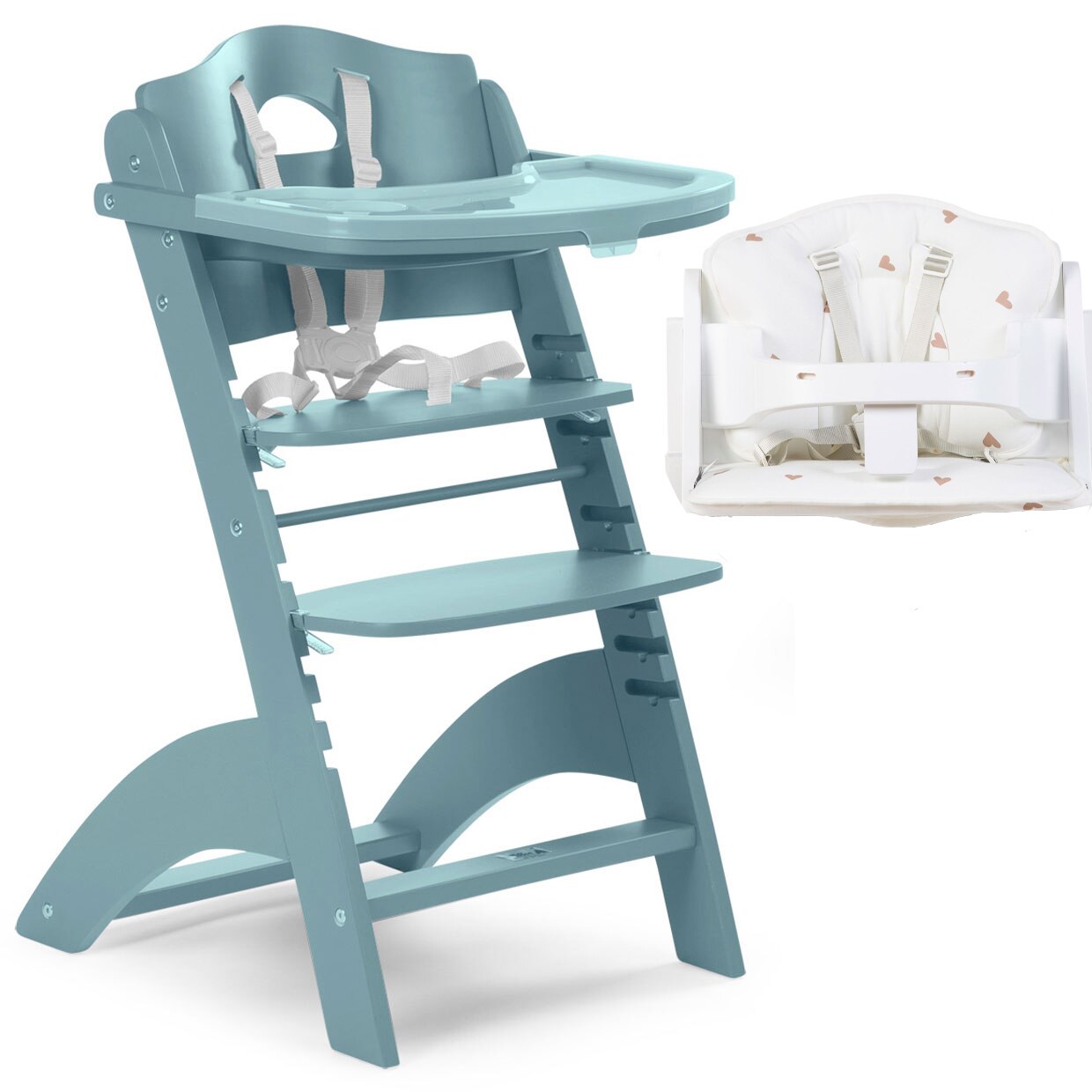
When to Stop Using High Chair
As your little one grows and develops, there comes a point where you start questioning when to stop using a high chair. The transition from using a high chair to a regular chair can be an important step in your child’s independence and development. In this article, we will guide you through determining the right time to move away from the high chair and explore alternative seating options.
Signs that it’s time for a change:
- Your child is consistently climbing out of the high chair: Safety should always be a top priority. If your child has reached the stage where they are regularly attempting to escape their high chair, it’s a good indication that it’s time to transition to a different seating arrangement.
- Your child shows interest in sitting at the table with the rest of the family: This is a positive sign that your little one is craving a sense of inclusion during mealtime. Transitioning to a regular chair will allow them to feel like a grown-up and participate more actively in family meals.
- Your child is capable of sitting still and maintaining good posture: As children’s motor skills develop, they become more capable of sitting upright for extended periods. If your child demonstrates the ability to sit still and maintain good posture, it may be a suitable time to say goodbye to the high chair.
- Your child is able to reach the table comfortably without a high chair: Consider the height of your dining table. If your child can comfortably sit at the table and reach their food without the need for a high chair, it might be the right moment to make the transition.
Remember, each child is unique, and there is no specific age that dictates when to stop using a high chair. It is crucial to assess your child’s physical and cognitive development to determine when they are ready for the next step.
When you decide the time is right, follow these steps to ensure a smooth transition:
- Choose an appropriate chair: Look for a chair that provides adequate support and stability. It should allow your child to sit comfortably at the table.
- Use a booster seat or cushions if necessary: Depending on your child’s height and the height of your dining table, a booster seat or cushions can help your child achieve the correct seated position.
- Promote good table manners: Encourage your child to use utensils, sit up straight, and engage in polite table conversation. This will foster their dining etiquette and social skills.
- Ensure a safe dining environment: Remove any potential hazards or breakable objects from your child’s reach. Safety should remain a priority even after transitioning to a regular chair.
In conclusion, knowing when to stop using a high chair depends on various factors, including your child’s safety, interest, motor skills, and comfort at the dining table. Keep in mind that there is no one-size-fits-all answer, and it’s essential to assess your child’s individual readiness. By observing the signs and following the mentioned steps for a smooth transition, you can confidently navigate through this important milestone in your child’s development.
Keywords:


